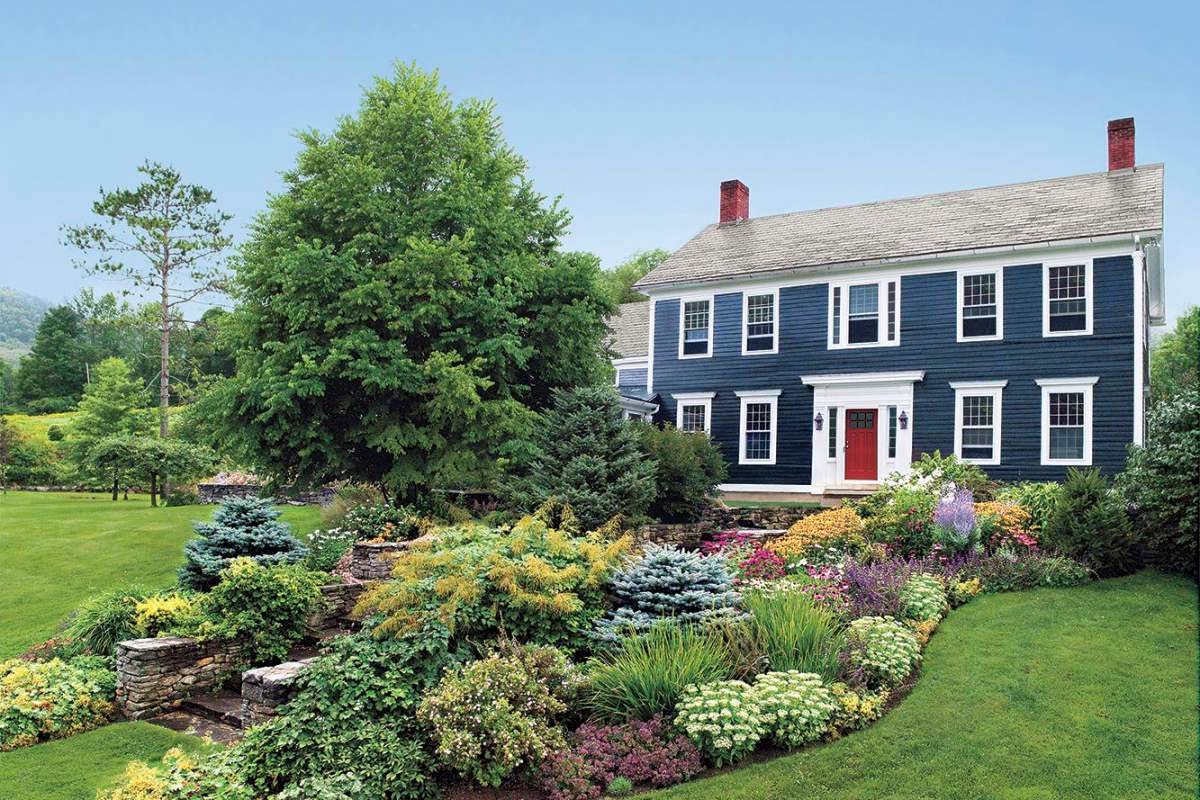
Given that creating landscape designs is a large part of the work that landscaping businesses do, then we think that they more than most businesses will appreciate the need for top-class website design. Whilst landscape design and website design are two completely different skills, the fact that both need to be completed to the satisfaction of clients, is one common factor at least.
As for the website design that a landscaping business has, such as gardenspec.com.au, it certainly plays a huge role in how well that website converts visitors to prospects who contact the business for more information or to hopefully request a landscape design quotation. Website design also has a significant influence on how well websites rank in search engines such as Google. Good rankings can mean a flood of more traffic, and low rankings mean just a trickle.
So, with good web design having such an impact on how your landscaping business might perform based on its effect on visitors and the amount of traffic it receives, we thought would be useful to highlight some web design basics so that you and other landscapers reading this who feel their website is not ticking all the boxes have some avenues to pursue, especially if you ask a web design agency to revamp your website.
Optimising Your Website’s Structure
One of the core principles of having a successful website design is it must have a structure that works. Although this will differ somewhat between website types and what the primary purpose is, there are some core common elements. These include a Home page, a Privacy page, a Terms and Conditions page, an About Us page, and, importantly, a Contact Us page allowing visitors to get in touch.
A Page For Every Service And Every Location
A big mistake some landscaping websites have is they have every service they provide listed on one generic page and do likewise for the locations their business targets. The website should instead be designed with a single page for each of the services and a single page for each of the main locations. By doing so it multiples the number of opportunities to rank for searches for these services and locations whenever they are typed into the search box on Google.
A Blog To Provide Visitors With Advice And Information
If you wish to both create a good experience for visitors to your website, and give Google even more reason to rank your website highly, then you should have a blog on your website. By doing so, you have an opportunity to show your expertise, as well as provide useful information, advice, hints, and tips to anyone who reads your blog posts. The content within blog posts plus optimising them for SEO can also boost rankings.
Consistency Is Key
The stronger your branding is, the better chance your landscaping business has of being seen as the top local option. That branding can be boosted on your website, but it will only happen if your website has consistency throughout. If it has multiple colours, fonts, and layouts and just seems like a random collection of web pages, your branding will not gain any traction. Worse, such websites are unappealing and lose visitors quickly so stay consistent with your website branding.
Calls To Action Are A Must
Our final advice for web design is to ensure that it has clear calls to action. Having landed on your website, no one will call your landscaping business’s office if they are not encouraged to. Nor will they leave their email address, or complete a form to request a call from you. You must tell them to do so, and this is done via calls to action. They should be obvious, simple to understand, and ideally on as many pages of your website as possible.
